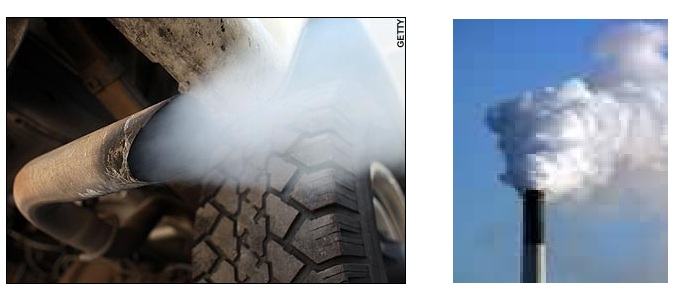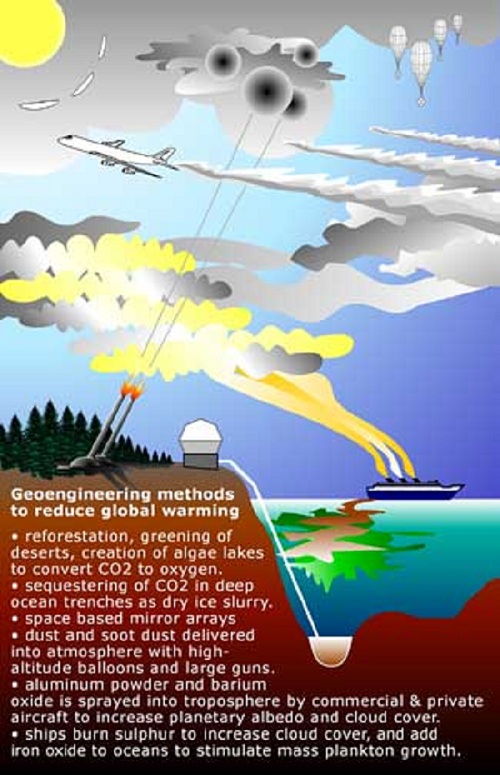COMBATING GLOBAL WARMING - CARBON CREDITS

How does Global warming occur
Carbon is an element stored in fossil fuels such as coal and oil. When these fuels are burned, carbon dioxide is released and acts as what we term a "greenhouse gas". Similarly, oxides of Carbon and Nitrogen which are released on account of Incomplete combustion also are Green-house gases. Methane or Natural gas liberated is also a green house Gas.


While there are several other green house gases, it is pragmatic to consider the scope of elimination of the green house gases which are within the scope of human efforts.

World-wide Organisations and governments have also been playing major roles in combating global warming by undertaking major projects such as Carbon di-oxide sequestration, creation of algae lakes and reforestation
Understanding the precarious situation due to Global warming, the Carbon trade came about in response to the Kyoto Protocol. Signed in Kyoto, Japan, by some 180 countries in December 1997, the Kyoto Protocol calls for around 38 industrialized countries to reduce their greenhouse gas emissions between the years 2008 to 2012 to levels that are 5.2% lower than those of 1990.
Thus the developed countries set themselves a target to reduce the Greenhouse gas emissions by employing measures to reduce the green house gases in their inhouse production units. However, since it is not possible to scrap the production units, the countries pledged to maintain the balance of the green house gas emissions by encouraging the third world countries to put up measures to reduce the green house gases either by decreasing their emissions or by encouraging measures of reducing the green house gases such as setting up Projects which encourage the use of alternate energy which reduce carbon emissions including promotion of Pollution reducing Products and Projects involving plantation of trees which absorb carbon-di-oxide such as Jatropha plants yielding Bio-diesel seeds and other such Bio-fuel crops.
Thus Companies that consume fuels for their Energy requirements such as in Boilers and Furnaces and Power stations or industrial Generators that reduce emissions by more than they are required to, can acquire full advantage of their efforts and earn appreciation by way of earning Carbon-credits which they can sell to other power stations or industrial units that have not met their target.
What are carbon credits?
Carbon credits are reductions of emissions of greenhouse gases caused by a project or a Product utilized by anybody which directly or indirectly reduces or eliminates green house gases. Currently this reduction is measured in terms of Carbon-di-oxide reduced. Thus One carbon credit is equivalent to One ton reduction of Carbon-di-oxide. Carbon credits are thus an incentive for organizations and companies to work towards combating Global warming.

Benefits of Carbon Credits:
(1) provide an additional source of revenue(2) improve the return on investments in Projects
(3) boost the economic feasibility of projects
(4) accelerate project implementation
(5) contribution towards the fight against Global warming.
How do Carbon Credits work?
Companies in countries buy the emission reduction achieved (carbon credits) that are realized through investment in JI or through CDMs and that otherwise would not have existed. Prices are realised by process of competitive bidding. (put images emission countrywise, sectorwise)CDM Projects and Products:
Some of the fields where Carbon Credits or CER can be generated through implementation of CDM Projects by organizations and large scale companies:Energy supply: Renewable energy (e.g. wind mills) - biomass (heat and/or power) and cogeneration
Fuel switch: Switching the fuel for Boilers, Furnaces or Power Plants from Coal or Conventional fuel Oils to biomass or Eco-friendly fuels)
Energy demand: Replacement of existing electrical equipment with more efficient units and improvement of energy efficiency of existing production equipment.
Transport: Using more efficient engines for transport (e.g. replacing old diesel trains by modern diesel trains) or through transport model shift (e.g. from plane to train) and fuel switch (e.g. public transport buses fuelled by natural gas or Bio-fuels)
Waste management: Capture of landfill methane emissions & utilisation of waste and wastewater emissions.
Domestic Utilities: Improving energy efficiency by replacing existing equipment and installing new efficient, new water pumps etc.
Forestry: Afforestation & Reforestation or Plantation of Eco-friendly plants.
Carbon capture and storage (CCS): This Technology allow emissions of carbon dioxide to be 'captured' and 'stored' – preventing them from entering the atmosphere. CCS presents one of the most promising options for large-scale reductions in CO2 emissions from energy use. CO2 capture is possible from fossil fuel power stations or from other large CO2 sources, such as the chemical, steel or cement industries, Power Projects or from natural gas production. CO2 can be stored in geological formations such as saline aquifers or expired oil and gas reservoirs or specially developed storages.
Procedure for Obtaining Carbon Credits:
Before selling carbon credits, it is important to look into areas where there can be reduction in emissions and be eco-friendly, then identify and plan a suitable CDM project and determine how much the project reduces emissions. Prior to this, a baseline is determined, where a supporting evidence is provided about what the emission of greenhouse gases would be until 2012, which will be compared to the baseline with the lower emissions obtainable through the CDM project. The difference between them is the amount of saleable carbon credits.Certification requirements:
A validation or certification organisation, acting as an independent third party, validates the baseline you have drawn up. This organisation must work according to the "Accreditation Guidelines on the Application of EN 45004 (ISO/IEC Guide 17020) for the Validation and Verification of JI projects" or according to the guidelines of the UNFCCC Executive Board Accreditation Panel for CDM projects. The host country's government must give approval for the transaction in carbon credits through a Letter of Approval through an Accreditated Agency. The payback mechanism under the Kyoto Protocol is a system called carbon credits that are traded like stocks and bonds. The ones who are selling are companies that use clean technology and those doing the buying are the world's polluters like the Industries, Power Plants, Aviation and the energy sector.A company that wants to earn from reducing green house gas emissions can get itself certified from the government and the UN body monitoring climate change. Then it can sell the credit it earns from reducing emissions to another company that's failed to achieve the Kyoto target or to a company that trades using the generated Carbon Credits. Thus the idea behind carbon trading is quite similar to the trading of securities or commodities in a marketplace. Carbon is given an economic value, allowing companies, agencies or governments to buy, sell, bank and trade Carbon Credits called Certified Emission Reductions or CERs.
How Much will Carbon Credit fetch?
One carbon credit or CER equals one tonne of emission reduced. Currently though the market value of a single carbon credit is around USD 27, the purchase can actually happen around USD 10 per CER.Now even if the cost of locking away a tonne of carbon is between US$10 and $15 a tonne depending on the type of product or technology used, it offers a margin of 5USD per Carbon Credit or CER. Assuming the economies of scale, this becomes an attractive model for Industries, Power plants and Consumers alike to gain additional income or reduce costs in the process of meeting their commitments towards controlling pollution and joining the drive to be Eco-friendly.
Many companies in the developing countries must thus soon realize that there's money to be made by becoming eco-friendly. They should rapidly turn to Clean Technologies and should begin trading their carbon credits with companies in the US and the European Union.